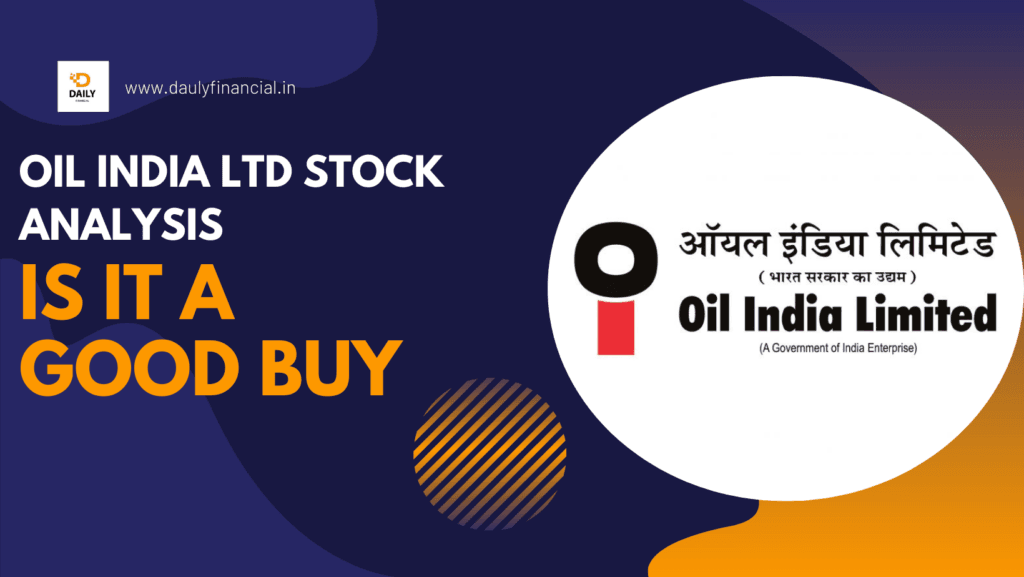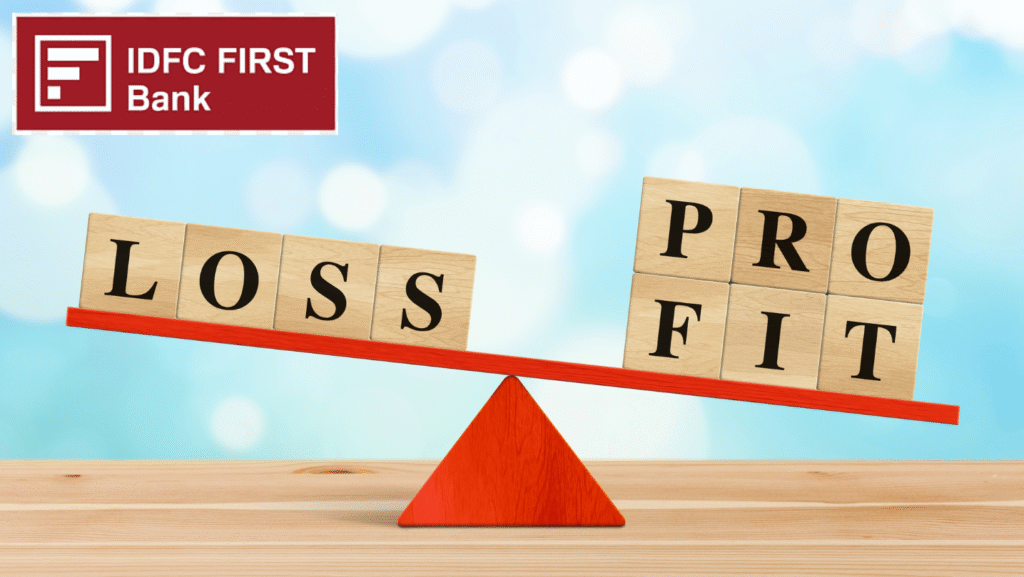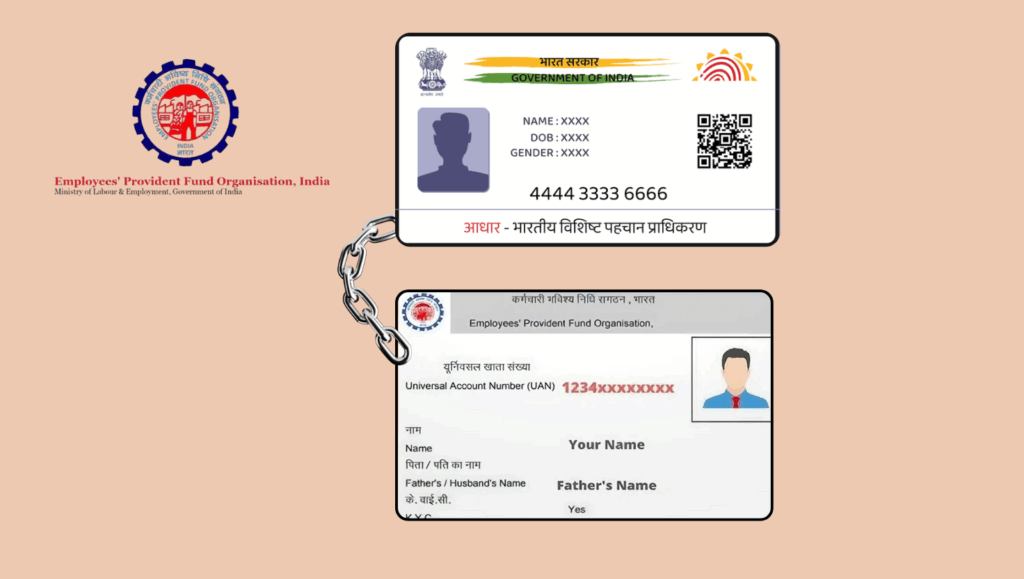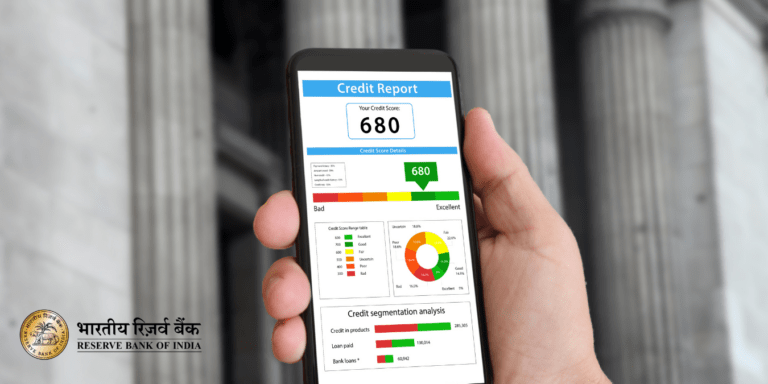
RBI’s 2025 Gold Loan Rules Explained: What’s Really Different from the 1998 Scheme?
RBI’s 2025 gold loan rules and how they radically differ from the 1998 Gold Metal Loan scheme. Are you ready to unlock higher loan limits, digital ease, and strict borrower protections—but beware the hidden catch that most borrowers overlook? This exclusive guide reveals the exact changes reshaping India’s gold loan market today, designed to save you thousands and secure your gold. Don’t miss the secret RBI doesn’t want you to know about borrowing against gold in 2025!
Gold has always been a shining asset in Indian households — a symbol of wealth, tradition, and financial security. But when it comes to turning that gold into ready cash, the rules have evolved dramatically. In October 2025, the Reserve Bank of India (RBI) introduced sweeping new gold loan norms that refresh old frameworks and add transparency, fairness, and wider access. To truly appreciate how these changes impact borrowers across India — from rural towns to metro jewellery hubs — we need to rewind to the pioneering 1998 Gold Metal Loan (GML) scheme.
This article dives deep into a powerful comparison of the two, revealing the hidden shifts and Smart moves RBI has made for India’s gold loan ecosystem. Whether you are a jeweller, small manufacturer, or a gold holder curious about the latest rules, this guide offers practical takeaways wrapped in compelling storytelling and SEO-friendly insights for October 2025.
The 1998 Gold Metal Loan Scheme: Setting the Foundation
Let’s travel back to 1998 when India’s export jewellery sector was rapidly expanding but struggling to source affordable working capital. The RBI answered this with the Gold Metal Loan scheme — a niche but pivotal financing solution aimed mostly at nominated banks, jewellery exporters, and manufacturers.
Here’s how the scheme worked:
- Loan Against Bullion: Borrowers could get short-term loans by pledging gold bullion as collateral.
- Export Focused: The scheme primarily supported jewellers involved in export production.
- Short Tenure: Loans were given for 90 days initially, later stretched to 180 days.
- Interest Rates Linked to International Markets: Cost of borrowing reflected gold lease rates practiced abroad.
- Physical Gold Delivery: Borrowers often received physical gold for manufacturing, minimizing price risks.
- Limited Accessibility: Mainly available to selected banks and exporters—small jewellers or individual gold owners had limited access.
This scheme was a game-changer for exporters but somewhat exclusive. It leveraged idle gold to boost liquidity while maintaining strict norms aligned with global gold leasing markets.
2025 RBI Gold Loan Rules: The New Era of Lending
Nearly three decades later, the gold loan landscape in India is much more complex and widespread. Recognizing the need for reform to protect borrowers and widen inclusivity, RBI rolled out fresh, robust gold loan guidelines effective October 1, 2025.
Let’s break down the key features:
1. Bigger Loan Window with Tiered LTV Ratios
- Up to ₹2.5 Lakh Loan: Borrowers now enjoy a higher Loan-to-Value (LTV) ratio of up to 85%, a significant jump that makes smaller loans more accessible.
- From ₹2.5 Lakh to ₹5 Lakh: The LTV is capped at 80%.
- Above ₹5 Lakh: The LTV remains at 75%, ensuring prudent credit risk management.
This tiered approach smartly balances access and risk, helping low-value borrowers while preventing over-lending on large gold loans.
2. Ban on Loans for Gold Purchase
Unlike the 1998 scheme, loans issued to buy gold jewellery, coins, or financial gold products are strictly prohibited. The RBI wants to curb speculative borrowing that inflates gold demand artificially.
3. Strict Valuation with BIS-certified Purity Checks
Gold pledged must now pass through accredited assaying centers certified by the Bureau of Indian Standards (BIS), ensuring purity and fair valuation. The loan amount is based on the lower of either the 30-day average price or the previous day’s price of gold, providing stable and client-friendly pricing.
4. Extended Loan Tenures and Flexible Repayments
Loan tenures can now extend up to 270 days, providing borrowers much-needed breathing room. Also, banks must conduct transparent auctions in case of default and return pledged gold within seven working days after full repayment — a significant consumer protection enhancement.
5. Digital Processes for Faster Access
Building on India’s fintech boom, the new RBI rules encourage digital KYC, online application, and swift disbursal, widening accessibility especially in rural and Tier 3/4 cities.
6. Widened Borrower Base
Besides the traditional jewellery manufacturers, small-scale businesses that use gold as raw material and cooperative banks now participate actively, fostering broader inclusion.
Why Did RBI Make These Changes?
These amendments reflect RBI’s effort to balance credit flow and financial stability:
- Prevent speculative bubbles: By banning loans for gold purchases, RBI curtails credit-driven speculative demand impacting gold prices.
- Promote productive use of precious metals: Expanding loans for manufacturers supports real economic activity and job creation.
- Financial inclusion: Authorizing smaller urban cooperative banks to lend against gold and silver improves credit accessibility in smaller towns and rural areas.
- Stronger borrower protection: Faster gold return and stricter repayment rules build trust and reduce lender-borrower friction.
Direct Comparison: 1998 GML vs. 2025 RBI Gold Loan Rules
| Feature | 1998 Gold Metal Loan Scheme | 2025 RBI Gold Loan Rules |
| Target Borrowers | Jewellery exporters and manufacturers | Jewellery manufacturers, gold-using manufacturers, broader inclusion of co-op banks and NBFCs |
| Loan Purpose | Working capital for export production | Working capital; loans against existing gold only, purchase financing banned |
| Loan Tenure | Initially 90 days, extended to 180 days | Up to 270 days (repayment period extended) |
| Loan-to-Value (LTV) Ratio | Around 75%, linked to international lease rates | Tiered: up to 85% LTV for loans ≤ ₹2.5 lakh; 80% for ₹2.5-5 lakh, 75% above ₹5 lakh |
| Valuation Method | Based on international gold lease rates | Gold valued at lower of 30-day average or previous day’s price with BIS-certified purity checks |
| Collateral Type | Primarily gold bullion | Gold ornaments, coins, bullion (except primary raw gold disallowed) |
| Interest Rates | Linked to international gold lease rate | Decided by banks with RBI guidance; rates may float more frequently |
| Repayment Terms | Short-term repayment, minimal restructuring | Flexible repayment, mandated transparency in auctions and gold return |
| Digital Processes | Not available | Strong push for online KYC and digital loan procedures |
This table highlights how the 2025 rules build on and modernize the foundations of the 1998 scheme while addressing recent challenges like transparency, borrower protection, and easier access.
Real-World Impact and Examples
Case 1: A Jewellery Manufacturer in Madurai
A mid-sized jewellery manufacturer in Madurai, Tamil Nadu, previously struggled to secure short-term working capital to purchase raw gold, restricted to jeweller-specific loans. With the new rules, the company accesses a Gold Metal Loan with a 270-day tenor from a local cooperative bank, easing cash flow problems during major festive seasons when demand spikes.
Case 2: Urban Co-operative Bank in a Tier 4 City
An urban cooperative bank in a Tier 4 city in Madhya Pradesh, often limited by regulations, now offers gold and silver-backed loans to local artisans and gold processing units. This service boosts local entrepreneurship and formalizes credit that was earlier dependent on informal moneylenders charging exorbitant interest.
Case 3: A Consumer Facing New Repayment Rules
A consumer with an existing gold loan under the old system was renewing the loan almost indefinitely by paying only interest monthly. Going forward, from April 2026, the consumer must clear the entire principal plus interest within 12 months, encouraging either timely repayment or refinancing through formal channels.
Current Trends and RBI’s Future Vision
The RBI’s October 2025 reforms align with several broader financial trends:
- Financial Inclusion: Simplified, digital gold loans open access to underserved rural and semi-urban populations.
- Risk Mitigation: BIS-certified assaying and transparent auctions reduce the chances of fraud, undervaluation, and opaque lending practices.
- Monetisation of Idle Gold: Linked closely to the Gold Monetisation Scheme, these rules encourage leveraging India’s huge private gold holdings as productive capital.
- Market Stability: By banning loans for gold purchases and regulating LTVs, RBI curbs speculative borrowing that could inflate gold prices artificially.
- Tech-Driven Efficiency: The shift to digital processes supports India’s fintech revolution, making gold loans faster, safer, and customer friendly.
Key Takeaways for Borrowers and Jewellers
- The new RBI gold loan rules enlarge the borrowing window with higher LTV caps for smaller loans and more inclusive institutional lenders.
- Loans for purchasing gold are barred; loans must be for working capital against existing gold.
- Gold valuation is now strictly standardized using BIS-certified purity checks and transparent pricing formulas.
- Loan tenures can stretch up to 270 days, allowing more flexible repayment.
- Digital KYC and online processing fast-track loan approval, impacting rural India positively.
- Borrowers enjoy more protection: pledged gold must be returned promptly after repayment, and auction procedures are clearer.
- The 1998 Gold Metal Loan scheme was focused on exporters with shorter tenors and was less transparent but played a vital role then.
- The 2025 rules blend legacy with innovation to serve a wider borrower base amid changing market dynamics.
Final Thought: The Smart Future of Gold Loans
The evolution from the 1998 Gold Metal Loan scheme to the RBI’s 2025 gold loan norms reads like a financial thriller packed with lessons on trust, opportunity, and modernization. For borrowers, especially jewellers and small manufacturers, the new rules unlock hidden potential—quick funds, easier access, and reassured safety, all while tethered to gold’s timeless value. But here’s the secret: this transformation also curbs risks that could shake the market and protect your prized assets.
If you hold gold, understanding this smart shift can be your quick edge—not just for borrowing but for safeguarding your wealth in a fast-changing India. How will this gold loan revolution reshape your financial plans? The answer is hidden in the RBI’s bold steps toward a more transparent, inclusive, and tech-savvy lending future.




























